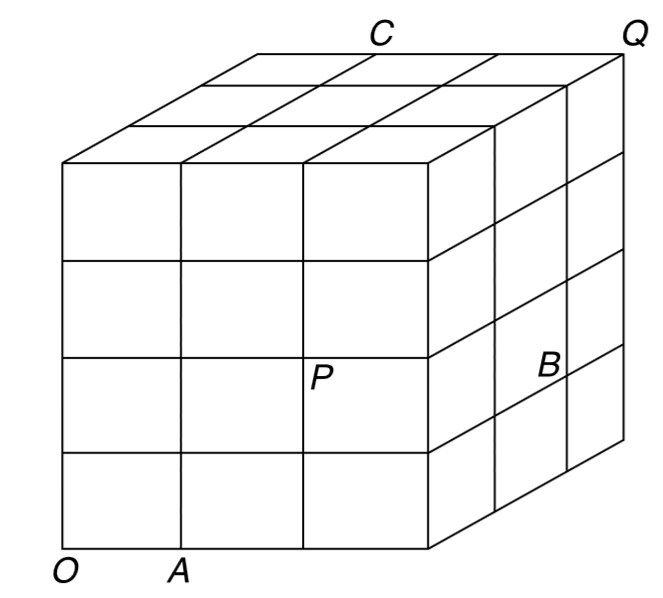The V-C distance in V(CO6) and [V(CO)6]− are respectively (in pm):
200,200
193,200
200,193
193,193
The correct Answer is:C
Step by step video, text & image solution for The V-C distance in V(CO_(6)) and [V(CO)_(6)]^(-) are respectively (in pm): by Chemistry experts to help you in doubts & scoring excellent marks in Class 12 exams.
Updated on:21/07/2023Topper's Solved these Questions
- TEST PAPERSBook:ALLENChapter:TEST PAPERSExercise:PAPER 3
Explore 55 Videos
- TEST PAPERSBook:ALLENChapter:TEST PAPERSExercise:part-2Chemistry
Explore 21 Videos
- TEST PAPERSBook:ALLENChapter:TEST PAPERSExercise:CHEMISTRY
Explore 19 Videos
- TEST PAPER 4Book:ALLENChapter:TEST PAPER 4Exercise:CHEMISTRY
Explore 45 Videos
- THERMODYNAMICS Book:ALLENChapter:THERMODYNAMICS Exercise:EXERCISE -4
Explore 18 Videos
Similar Questions
Knowledge Check
The V-C distance in V(CO)6 and [V(CO)6]− are repectively (in pm) :
A200, 200B193, 200C200, 193D193, 193The V-C distance in V(CO)6 and [V(CO)6]− are repectively (in pm) :
A200, 200B193, 200C200, 193D193, 193The IR stretchin frequencies of free CO, and CO [V(CO)6]−,[Cr(CO)6]−and[Mn(CO)6]− are 2143cm−1,1860cm−1),2000cm−1and2090cm−1, respectively. Then correct statemet about metal carbonyl is:
AC-O' bond is strongest in the cation and weakest in the anion.BC-O' bond is weakest in the cation and strongest in the anionCC-O' bond is longer in the cation than in the anionDM-C' pi bonding is higher in the cation
A uniform electric field exists in a region of space. Potential at potential O,A,B and C are V0=0 and VA=−1V,VB=−6V and VC=−3V respectively. Alll the cubes shown in fig have side length of 1m. ltbr> (a). Find VP−VQ
(b). Find the smallest distance of a point from O where the potential is −2V

View SolutionThe IR stretchin frequencies of free CO, and CO [V(CO)6]−,[Cr(CO)6]−and[Mn(CO)6]− are 2143cm−1,1860cm−1),2000cm−1and2090cm−1, respectively. Then correct statemet about metal carbonyl is:
View SolutionConsider the following complexies [V(CO)6]−,[Cr(CO)6]and[Mn(CO)6]+. Then incorrect statement (s) about metal carbonyls is / are
View SolutionIn an L−R−C circuit the current is given by i=Icosωt. The voltage amplitudes for the resistor. Inductor and capacitor are VR,VL and VC respectively.
(a) The instantaneous power into the resistor is PR=VRIcos2ωt.
(b) The instantaneous into the inductor is PL=−VLIsinωtcosωt
(c ) The instantaneous power into the capacitor is Pc=VcIsinωtcosωt.
(d) pR+pL+Pc equals total power p supplied by the source at each instant of time.
View SolutionA plenet moving along an elliptical orbit is closest to the sun at a distance r1 and farthest away at a distance of r2. If v1 and v2 are the linear velocities at these points respectively, then the ratio v1v2 is
View Solution


 .
.